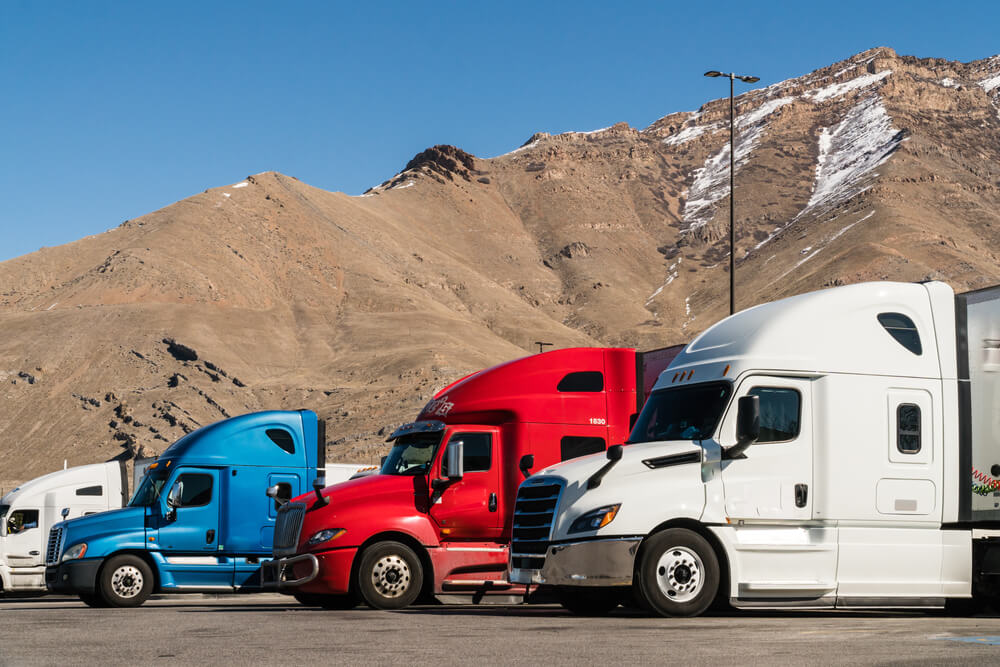Why Hiring Appliance Movers Is the Best Choice for Protecting Your Appliances
Relocating large, heavy appliances can be one of the most stressful aspects of moving. From refrigerators to stoves, these bulky items require careful handling to avoid damage. Whether you’re moving across town or to a new state, hiring professional appliance movers is the best way to ensure your appliances arrive safely at their new home. Here’s why these professionals are essential for a smooth and damage-free move.
Expert Handling of Heavy Appliances
Moving heavy appliances like washing machines, dishwashers, and refrigerators requires more than just muscle—it involves technique and the right equipment. Appliance movers are trained to handle these items with care, ensuring they are safely transported without causing damage to the appliance or your home.
REQUEST FREE QUOTES
- Specialized Equipment: Professionals use equipment such as dollies, ramps, and lifting straps to move heavy items safely. This reduces the strain on both the movers and your appliances, preventing potential damage to the items or the surroundings.
- Precise Lifting Techniques: Appliance movers are skilled in lifting and maneuvering heavy objects, ensuring the appliances are moved without risking injury or property damage.
Protection for Fragile Components
While many appliances are durable, they often contain delicate internal components that can easily be damaged if not handled properly. Appliance movers understand the importance of protecting these sensitive parts during the move.
- Protecting Internal Parts: Refrigerators, washers, and dryers contain components like compressors, wiring, and electronics that sudden impacts can damage. Professional movers ensure these parts are carefully secured to prevent damage.
- Safe Disconnection and Reconnection: Professionals are trained to disconnect and reconnect appliances safely. They ensure that all electrical, plumbing, and gas connections are handled properly to avoid risks of leaks or electrical issues.
Insurance Coverage for Added Security
Even with the best equipment and techniques, accidents can happen during a move. That’s why most appliance moving companies offer insurance coverage, giving you added peace of mind throughout the relocation process.
- Liability Coverage: Liability insurance ensures that, in the unlikely event of damage, your appliances will be repaired or replaced. This coverage protects your valuable appliances from unexpected accidents.
- Specialized Coverage for Commercial Equipment: If you’re moving commercial appliances, such as industrial ovens or refrigerators, you can opt for additional insurance to cover high-value items. This ensures that your business is fully protected during the move.
Commercial Appliance Movers for Business Relocations
If you’re relocating a business, such as a restaurant or catering service, you’ll need to hire commercial appliance movers. These professionals specialize in moving large, heavy, and often fragile commercial kitchen equipment.
- Expert Handling of Commercial Equipment: Commercial movers are equipped to move large kitchen appliances, such as industrial ovens, fridges, and dishwashers. They know how to secure these appliances and ensure they are adequately packed for the move.
- Minimized Disruption to Business: When relocating a business, time is money. Commercial appliance movers are efficient and work quickly to minimize any disruptions to your operations, ensuring your business is up and running again as soon as possible.
Local Appliance Movers for a Smooth and Fast Move
For local moves, heavy appliance movers near me are an excellent choice. These movers are familiar with the local area and can navigate the specific challenges of moving appliances within the community.
- Familiarity with Local Conditions: Local movers are experienced in working with the conditions specific to your area. They are aware of building codes, traffic patterns, and parking restrictions, making your move more efficient.
- Quick Service: Local movers can often provide faster and more personalized service than larger, national moving companies. They understand the unique challenges of moving in your area and can tailor their services to meet your needs.
REQUEST FREE QUOTES
Benefits of Hiring an Appliance Moving Service
Choosing to handle the move yourself can be risky and time-consuming. Hiring a professional appliance moving service ensures that your appliances are transported safely, efficiently, and without hassle.
- Experience and Knowledge: Professionals have years of experience handling a variety of appliances, including fragile and heavy items. Their expertise allows them to move your appliances with the utmost care, avoiding damage to the appliances and your home.
- Time and Effort Saved: Moving heavy appliances is physically demanding and time-consuming. By hiring professionals, you can focus on other aspects of your move while they take care of the heavy lifting.
Frequently Asked Questions (FAQs)
1. Why should I hire professional appliance movers instead of moving appliances myself?
Hiring professional movers ensures that your appliances are handled safely and efficiently. Professionals have the proper tools, training, and experience to move heavy and delicate items without risk of damage.
2. Can appliance movers handle both residential and commercial appliances?
Yes, appliance movers are skilled in handling both residential appliances, such as refrigerators and washers, and commercial equipment like industrial kitchen appliances. They know how to move both types of equipment with care.
4. How do I prepare my appliances for the move?
Before the movers arrive, disconnect your appliances from all electrical, water, and gas connections. Empty any contents from refrigerators and dishwashers to prevent spills or leaks during the move.
5. How can I find reliable appliance movers near me?
To find heavy appliance movers near you, try searching online or asking friends and family for recommendations. Be sure to check reviews and verify the company’s experience with the specific appliances you need moved.
Hiring appliance movers is the best way to ensure that your valuable appliances are transported safely and securely during your move. With specialized equipment, expert handling, and insurance coverage, these professionals protect your appliances from potential damage. Whether you’re moving residential items or commercial equipment, trusting a professional appliance moving service will make your move smoother and more efficient. Don’t risk damaging your appliances—let the experts handle the job for you!
REQUEST FREE QUOTES
Buzzmoving pairs you with reliable movers nationwide for a smooth and hassle-free move. Request your free quote today and let our experts handle every detail.


